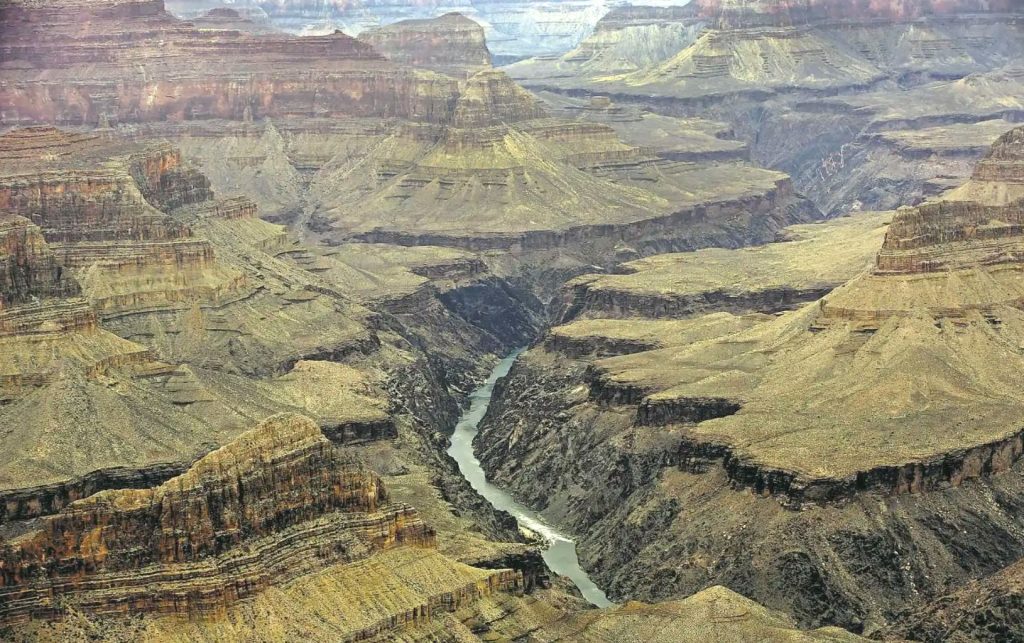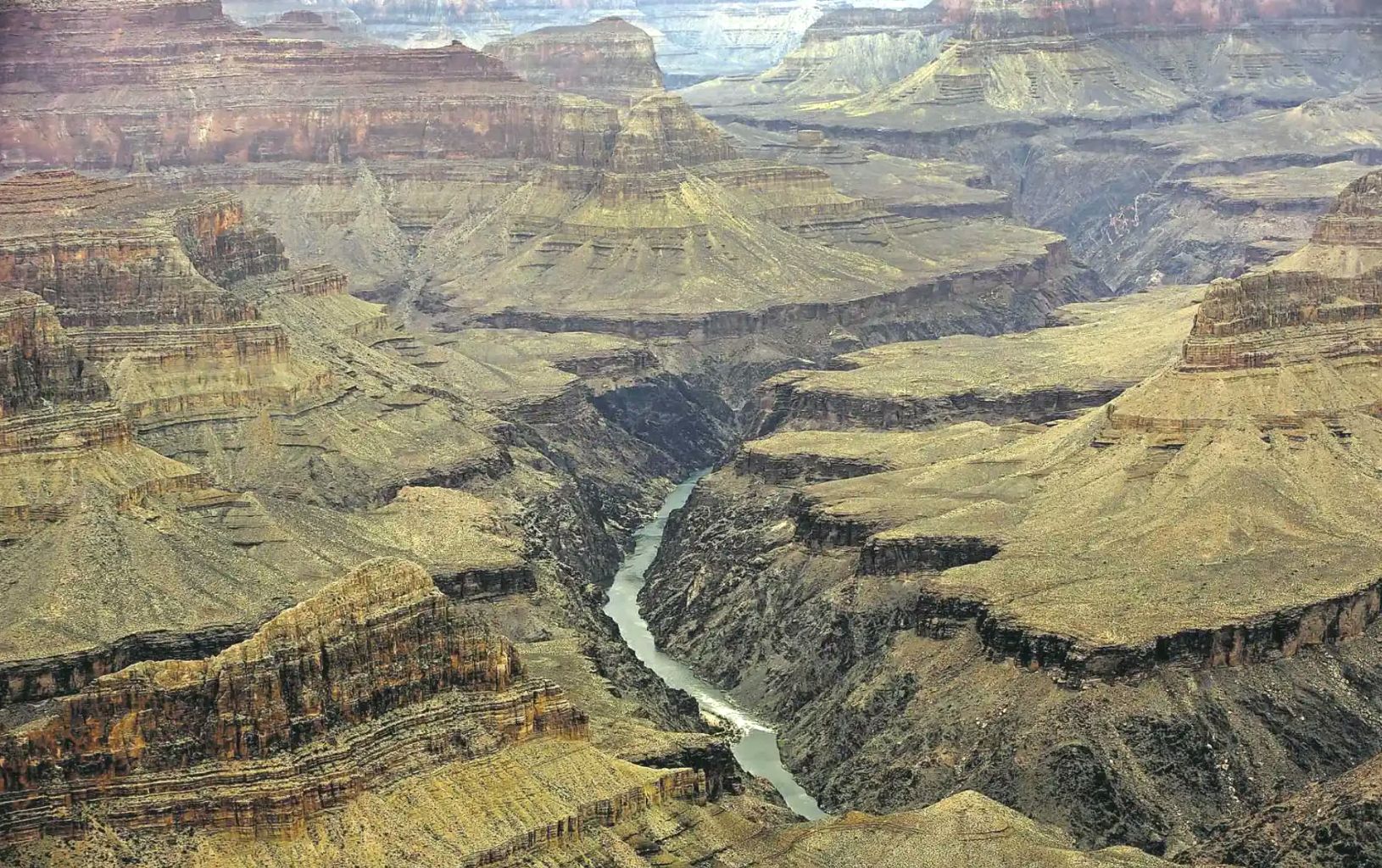The terms “gorge” and “canyon” both refer to deep valleys with steep sides, often formed by the erosion caused by rivers over time. However, there are a few distinctions between them, particularly in terms of size and geological characteristics:
Definitional difference between gorge and canyon:
- A gorge is typically a narrow, steep-sided valley that is often smaller and more confined. Gorges are usually formed by rivers cutting through hard rock, creating steep walls on either side. Often used to describe smaller, more dramatic and steep-sided valleys.
- A canyon is a much larger, wider, and deeper valley with steep cliffs on both sides, often formed over a long period by the erosion caused by rivers. Canyons are typically broader in scale compared to gorges. Used for larger-scale valleys that are wide and deep.
The Samaria Gorge in Greece, and the Tiger Leaping Gorge in China best fit as examples of Gorges

The Grand Canyon in the United States, and the Copper Canyon in Mexico best fit as examples of Canyons

Sizes and shapes between ravines and canyons:
- Gorges are generally narrower and more enclosed, with relatively close vertical walls.
- Canyons are larger, more expansive, and typically wider, with greater distance between the cliff walls.
Formational difference between gorge and canyon:
- Gorges are formed when rivers or glaciers carve a path through resistant rock, resulting in a steep, confined valley. This can happen more rapidly in certain geological settings.
- Canyons, like the Grand Canyon, are often formed over much longer periods through continuous erosion by a river cutting deep into a plateau or mountainous region.
In short, while both gorges and canyons are deep valleys, gorges tend to be smaller and narrower, while canyons are larger, broader, and often deeper.

